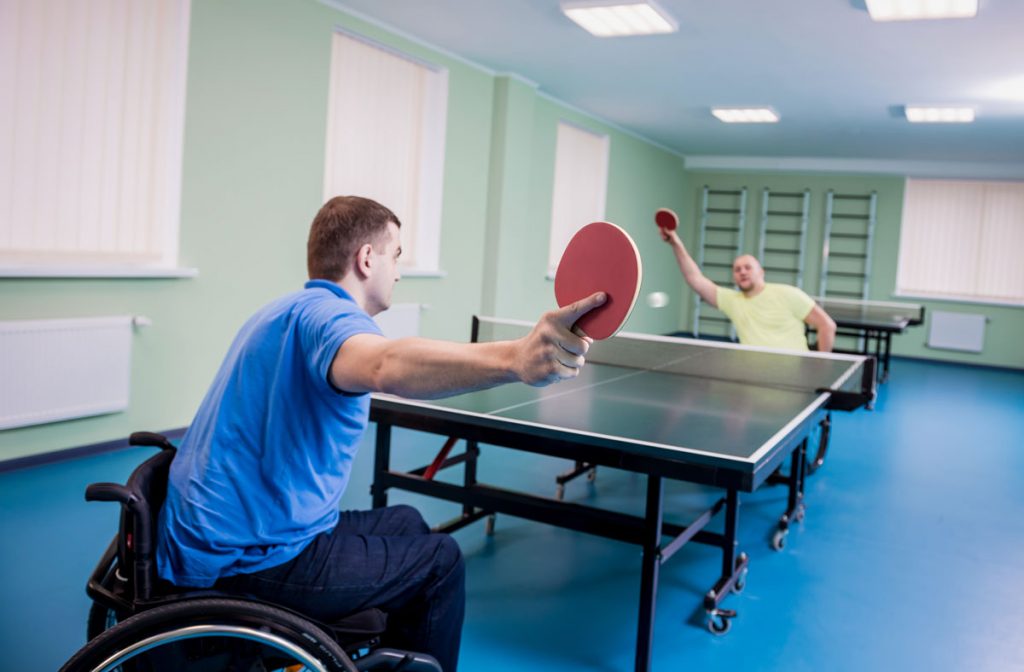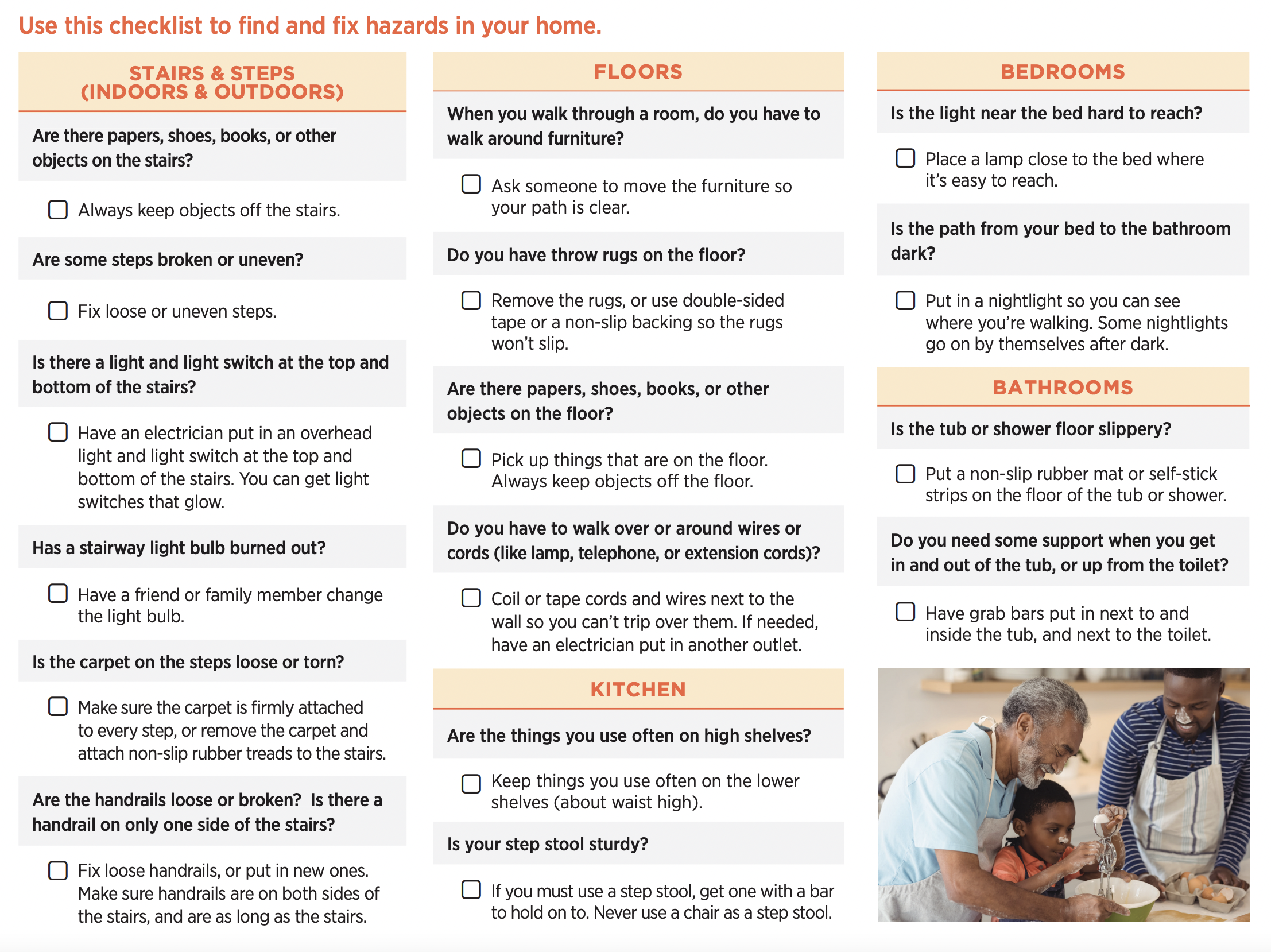Not known Details About Dementia Fall Risk
Not known Details About Dementia Fall Risk
Blog Article
The Ultimate Guide To Dementia Fall Risk
Table of ContentsGetting My Dementia Fall Risk To WorkExcitement About Dementia Fall RiskSome Ideas on Dementia Fall Risk You Need To KnowSome Known Details About Dementia Fall Risk
A loss risk analysis checks to see exactly how likely it is that you will drop. The evaluation typically includes: This includes a collection of questions concerning your total wellness and if you've had previous drops or troubles with equilibrium, standing, and/or walking.Interventions are referrals that may minimize your risk of falling. STEADI consists of three steps: you for your risk of falling for your risk aspects that can be improved to try to protect against falls (for instance, equilibrium troubles, impaired vision) to lower your threat of dropping by using efficient strategies (for instance, providing education and resources), you may be asked several concerns consisting of: Have you dropped in the previous year? Are you fretted concerning dropping?
If it takes you 12 secs or even more, it might mean you are at higher threat for an autumn. This examination checks toughness and equilibrium.
The placements will certainly obtain harder as you go. Stand with your feet side-by-side. Move one foot halfway forward, so the instep is touching the big toe of your other foot. Move one foot fully before the other, so the toes are touching the heel of your other foot.
Little Known Questions About Dementia Fall Risk.
The majority of falls take place as a result of several contributing aspects; therefore, handling the threat of falling starts with determining the aspects that add to fall risk - Dementia Fall Risk. Several of the most appropriate danger factors consist of: History of prior fallsChronic clinical conditionsAcute illnessImpaired stride and balance, lower extremity weaknessCognitive impairmentChanges in visionCertain high-risk medications and polypharmacyEnvironmental aspects can additionally boost the threat for falls, including: Inadequate lightingUneven or damaged flooringWet or unsafe floorsMissing or harmed hand rails and get hold of barsDamaged or poorly equipped equipment, such as beds, wheelchairs, or walkersImproper usage of assistive devicesInadequate guidance of the individuals staying in the NF, including those who display hostile behaviorsA effective loss risk management program requires a comprehensive professional analysis, with input from all participants of the interdisciplinary group

The care plan must likewise consist of treatments that are system-based, such as those that promote a safe setting (suitable lights, handrails, grab bars, etc). The performance of the treatments should be assessed occasionally, and the care plan revised as needed to mirror adjustments in the fall threat assessment. Implementing an autumn danger management system making use of evidence-based ideal technique can minimize the prevalence of falls in the NF, while limiting the potential for fall-related injuries.
8 Easy Facts About Dementia Fall Risk Described
The AGS/BGS guideline recommends evaluating all adults aged 65 years and older for loss risk each year. This testing consists of asking people whether they have dropped 2 or more times in the previous year or sought medical attention for a loss, or, if they have not dropped, whether they really feel unsteady when strolling.
People who have actually fallen as soon as without injury must have their balance and gait evaluated; those with gait or equilibrium problems ought to receive added evaluation. A background of 1 fall without injury and without stride or equilibrium troubles does not require additional assessment past ongoing annual autumn danger screening. Dementia Fall Risk. An autumn threat assessment is called for as component read this of the Welcome to Medicare evaluation

The Greatest Guide To Dementia Fall Risk
Documenting a falls history is one of the top quality signs for autumn prevention and management. Psychoactive medicines in specific are independent predictors of drops.
Postural hypotension can often be eased by reducing the dose of blood pressurelowering medicines and/or stopping drugs that have orthostatic hypotension as an adverse effects. Use above-the-knee support tube and resting with the head of the bed raised may additionally decrease postural reductions in high blood pressure. The suggested elements of a fall-focused health examination are received Box 1.

A yank time higher than or equivalent to 12 seconds suggests high loss threat. The 30-Second Chair Stand examination evaluates reduced extremity strength and balance. Being unable to stand from a chair of knee elevation without using one's arms suggests increased autumn risk. The 4-Stage Equilibrium test assesses static equilibrium by having the person stand in 4 placements, each progressively a lot more difficult.
Report this page